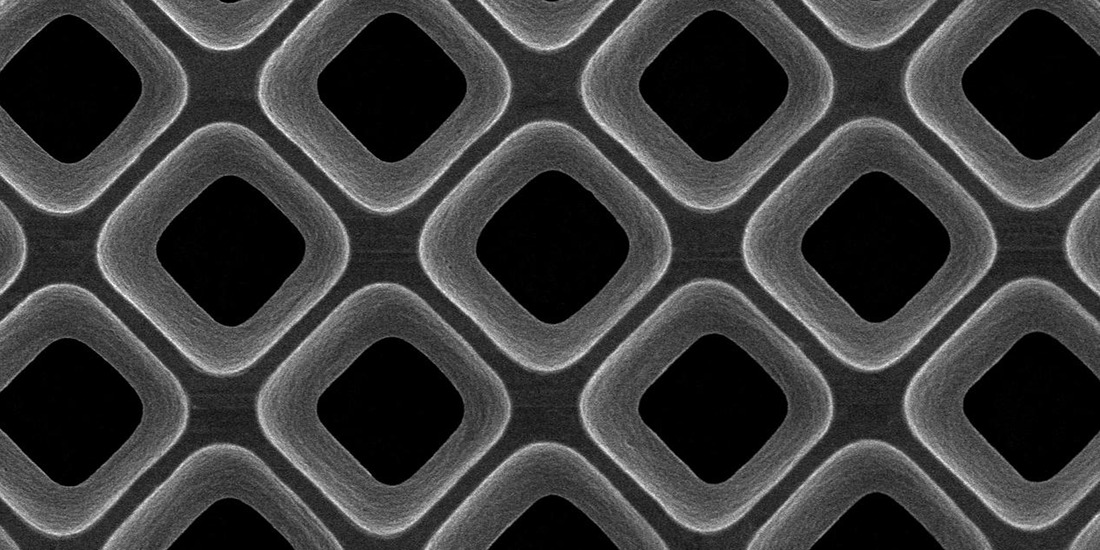More Mask Mishigas
The masks (called ‘sticks’) are arranged in a frame that that covers half of a substrate, usually 4.9’ x 6.1’ (29.9 ft2), which enters the deposition chamber. The OLED materials are heated in a vacuum until they vaporize and are pushed into the chamber and settle on the substrate wherever the FMM holes occur. Given that the temperature inside the chamber is similar to the temperature needed to vaporize the materials (as high as 500⁰F), the mask material must be able to remain rigid, however while the OLED material is deposited through the mask holes onto the substrate, it also clings to the chamber walls and the mask itself. This means the chamber must be cleaned periodically to avoid collected materials falling on the substrate and the mask must be replaced after ~1,000 uses. As a 15,000 sheet/month OLED line runs ~500 sheets/day (1,000 half sheets), such a line would use ~30 masks each month at a cost of between $50,000 and $125,000/month/line depending on the mask’s precision.
More important than the cost of the masks is the fact that there are few manufacturers that can produce such masks at the tolerances needed, with the industry being dominated by Japan’s Dai Nippon (7912.JP), the sole supplier to Samsung Display (pvt), the largest small panel OLED producer, which leaves SDC beholden to Dai Nippon’s material sourcing, production, and pricing. There are a few other suppliers, such as Toppan (7911.JP) and Darwin Precision (6120.TT), but they tend to deal with Chinese OLED producers and do not meet SDC’s quality standards. It seems that SDC has decided to evaluate FMMs from a local South Korean firm, Poongwon Precision (371950.KS) to see if their masks can qualify as an alternative to Dai Nippon’s product. Not only will the quality have to be matched but the price will have to be low enough that SDC will risk its relationship with Dai Nippon by adding a 2nd supplier.
While such qualification processes take time, we expect that even with commercial level qualification SDC will limit a new FMM supplier to a single line or fab in order to make sure the product stays consistent, while using that leverage to negotiate price with Dai Nippon. Given that the mask business is one with high barriers to entry and Poongwon has been producing same for roughly 5 years, there are few alternatives for SDC if this relationship does not pan out and the company will remain constrained by a single supplier relationship for all of its small panel OLED production.

 RSS Feed
RSS Feed